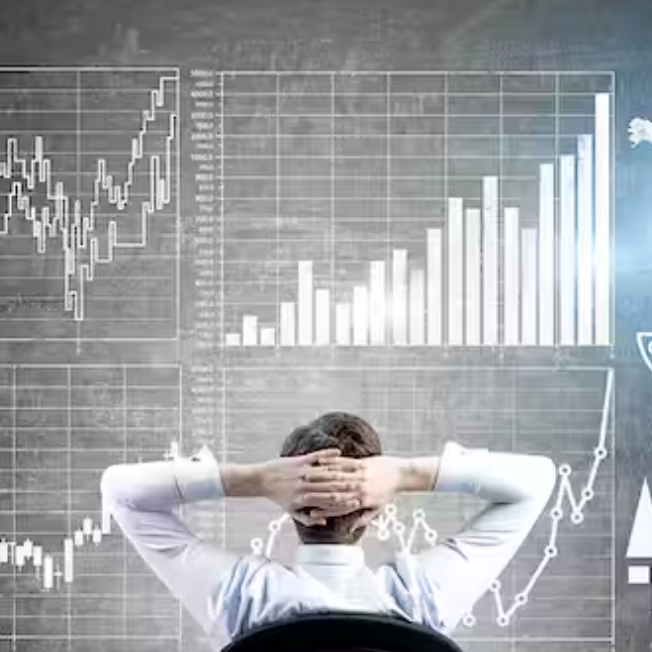The stock market is a complex and ever-evolving entity that requires careful analysis and strategic decision-making. In recent years, technology has revolutionized the way trading is conducted, with the emergence of algorithmic trading and the use of tools like Zorro Trader. In this article, we will explore the role of Zorro Trader in the stock market and analyze the impact of algorithmic trading on this dynamic financial landscape.
The Role of Zorro Trader in the Stock Market: An Analytical Perspective
Zorro Trader is a powerful and versatile software platform designed to assist traders in making informed decisions in the stock market. Its primary function is to automate trading strategies, allowing users to execute trades based on predefined rules and parameters. This eliminates the need for manual intervention and helps traders capitalize on market opportunities efficiently.
One of the key advantages of Zorro Trader is its ability to backtest trading strategies. By simulating trades with historical data, users can evaluate the performance and profitability of their strategies before risking real capital. This feature enables traders to fine-tune their strategies and make necessary adjustments to maximize their chances of success in the real market.
Furthermore, Zorro Trader offers a wide range of technical analysis tools, indicators, and charting capabilities, empowering traders to conduct thorough market analysis. By leveraging these features, traders can identify patterns, trends, and potential entry or exit points in the market, enhancing their decision-making process. Overall, Zorro Trader serves as a valuable tool for traders, enabling them to streamline their trading operations and make more informed decisions.
Analyzing the Impact of Algorithmic Trading on the Stock Market
Algorithmic trading has become increasingly prevalent in the stock market, reshaping the way trades are executed. This automated approach leverages complex mathematical models and algorithms to execute trades at high speeds and volumes. The impact of algorithmic trading on the stock market is multifaceted and has both positive and negative repercussions.
On the positive side, algorithmic trading has increased market efficiency and liquidity. With automated systems executing trades swiftly, it reduces the impact of human error and emotional biases. Moreover, algorithmic trading provides market participants with better access to information and improved price discovery, resulting in fairer and more transparent markets.
However, algorithmic trading has also raised concerns about market volatility and potential systemic risks. The rapid pace at which algorithms execute trades can amplify market movements, leading to sudden spikes or crashes. Additionally, the reliance on algorithms can create a lack of human oversight, making markets vulnerable to unforeseen events or faulty algorithms. Regulators and market participants need to carefully monitor and manage the risks associated with algorithmic trading to ensure market stability.
In conclusion, Zorro Trader and algorithmic trading have transformed the stock market, offering traders powerful tools and automation capabilities. Zorro Trader streamlines trading operations, empowering users to conduct thorough analysis, backtest strategies, and execute trades efficiently. Algorithmic trading, on the other hand, has improved market efficiency and liquidity while also presenting challenges related to market volatility and potential risks. As technology continues to advance, it is crucial for market participants to adapt and leverage these tools responsibly, striking a balance between innovation and market stability.
